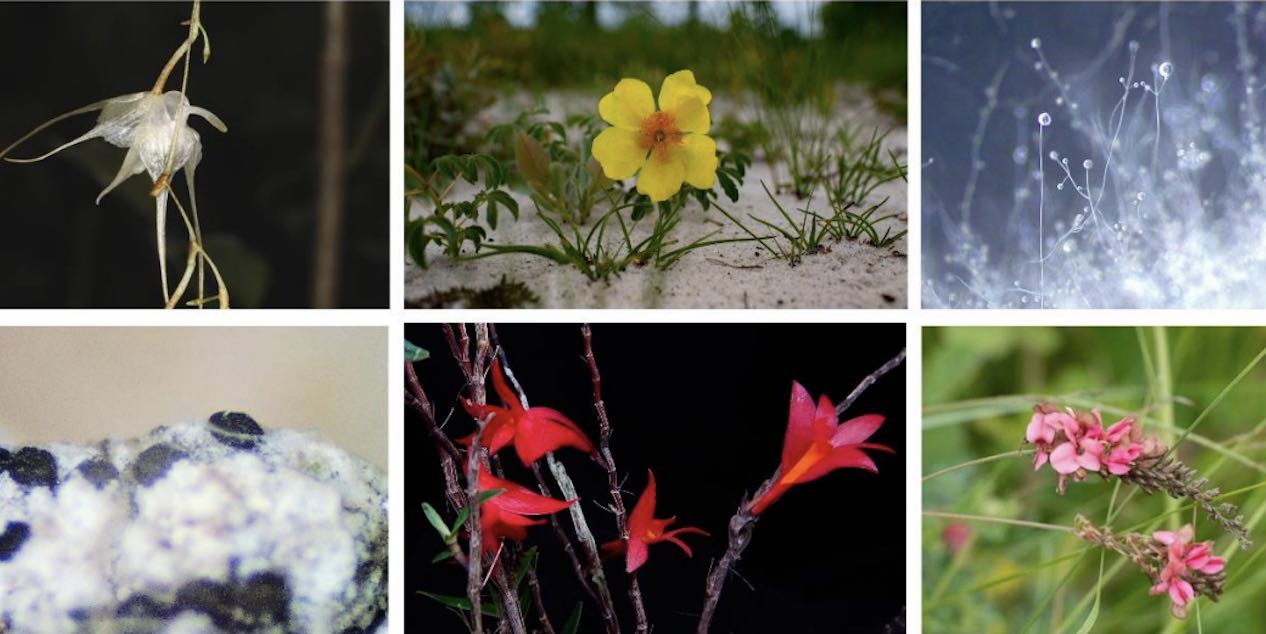- Feb 5, 2002
- 166,654
- 56,276
- Country
- United States
- Faith
- Catholic
- Marital Status
- Married
- Politics
- US-Others
From microscopic fungi growing on lichens in Antarctica, to a towering tree in Cameroon’s cloud forest, weighing in at 7-8 tons, 2023 was a great year for expanding humanity’s understanding of our woody, flowering neighbors.
74 plants and 15 fungi were named and described for the first time by botanists and mycologists studying around the world on behalf of the prestigious Kew Gardens in London last year.
Recently profiled for your reading pleasure, Kew Gardens selected some which it thought were deserving of special mention as we enter 2024 in earnest.
During a botanical exploration of Mozambique, botanist Bart Wursten encountered a mysterious plant covered in insect-trapping hairs. It looked just like a sundew (Drosera), a genus famous for its trapping and consumption of insect prey.
Yet, further examination alongside Kew’s Dr. Iain Darbyshire found the plant belongs to the genus Crepidorhopalon, a group of flowering plants in the order Lamiales—including mints and their relatives. In the family that Crepidorhopalon belongs to, no plant carnivory has ever been previously recorded.
Plenty of field and laboratory studies are still needed to confirm whether this new species is truly carnivorous. While we know it can attract and trap insects, whether it can digest and absorb them for nutrition is another question.
Continued below.

 www.goodnewsnetwork.org
www.goodnewsnetwork.org
74 plants and 15 fungi were named and described for the first time by botanists and mycologists studying around the world on behalf of the prestigious Kew Gardens in London last year.
Recently profiled for your reading pleasure, Kew Gardens selected some which it thought were deserving of special mention as we enter 2024 in earnest.
During a botanical exploration of Mozambique, botanist Bart Wursten encountered a mysterious plant covered in insect-trapping hairs. It looked just like a sundew (Drosera), a genus famous for its trapping and consumption of insect prey.
Yet, further examination alongside Kew’s Dr. Iain Darbyshire found the plant belongs to the genus Crepidorhopalon, a group of flowering plants in the order Lamiales—including mints and their relatives. In the family that Crepidorhopalon belongs to, no plant carnivory has ever been previously recorded.
Plenty of field and laboratory studies are still needed to confirm whether this new species is truly carnivorous. While we know it can attract and trap insects, whether it can digest and absorb them for nutrition is another question.
Continued below.

Scientists Pick 10 Favorite New Plants and Fungi Discovered in 2023–From the Mysterious to the Magnificent (Look)
74 plants and 15 fungi were named and described for the first time by botanists and mycologists studying around the world on behalf of Kew.
 www.goodnewsnetwork.org
www.goodnewsnetwork.org
